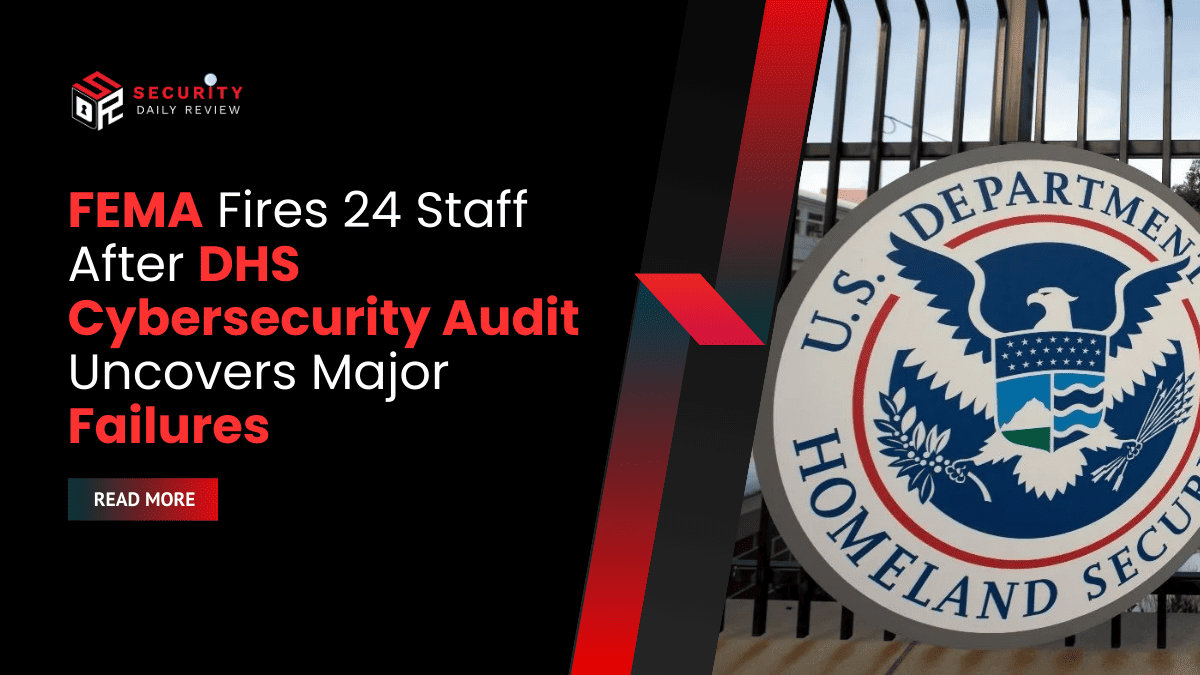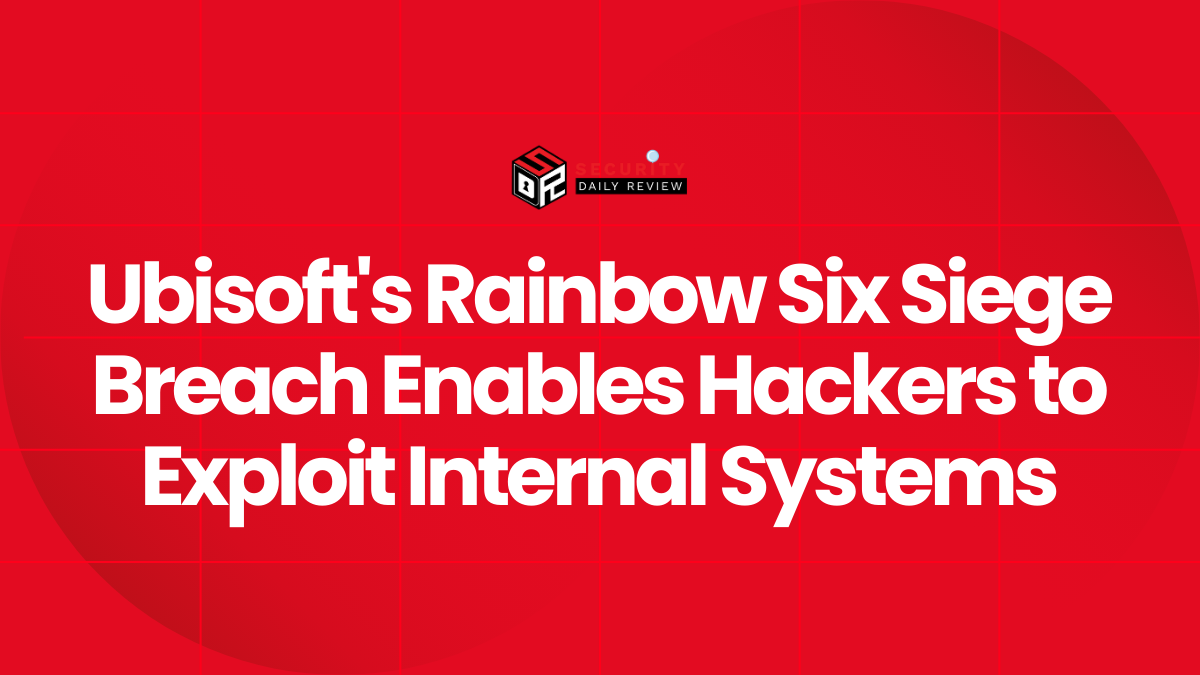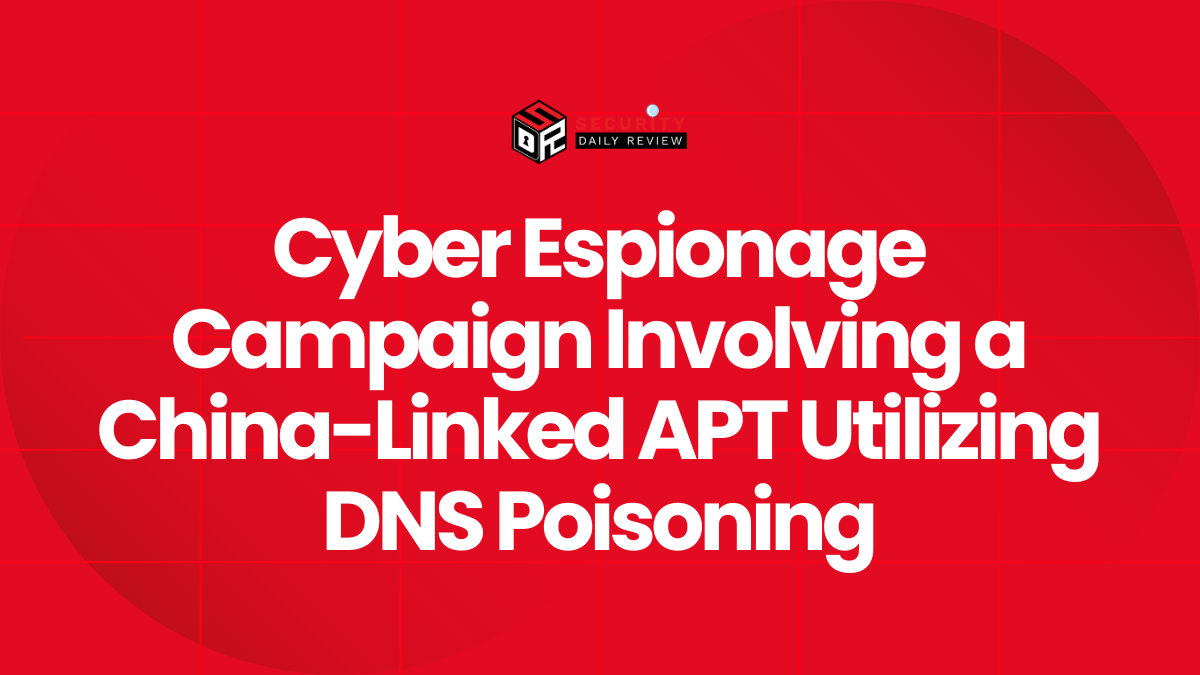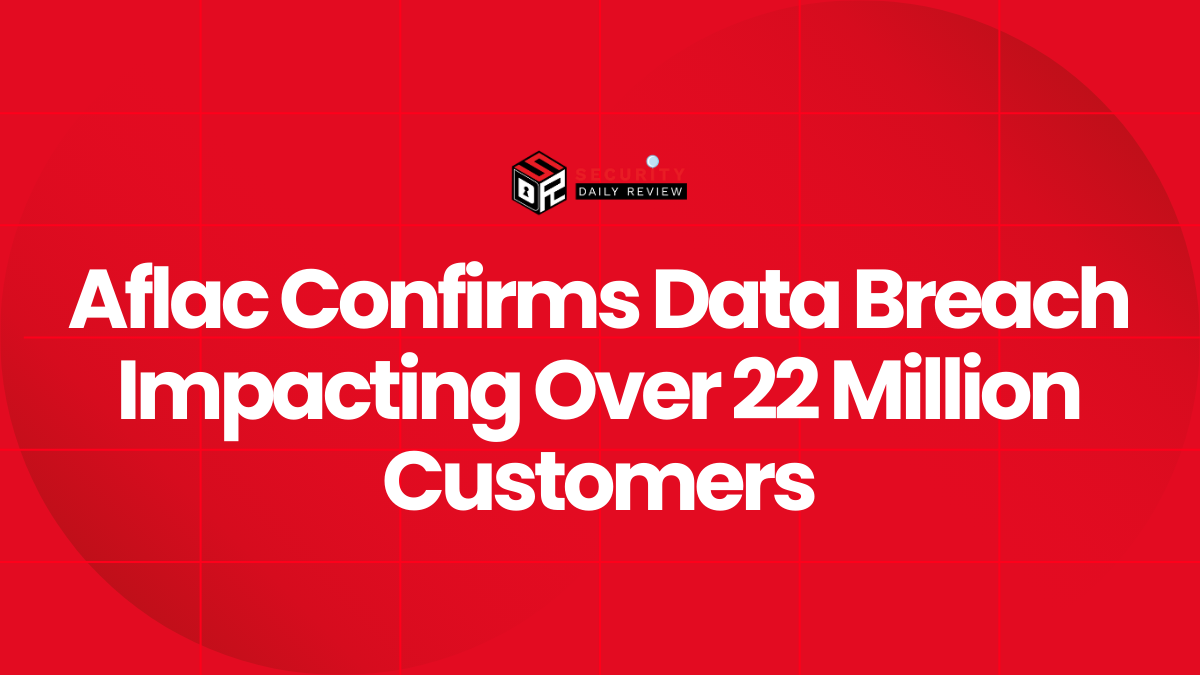A system-wide cybersecurity audit has triggered a major shakeup at the Federal Emergency Management Agency (FEMA), resulting in the dismissal of 24 staff members, including senior IT leadership. U.S. Department of Homeland Security (DHS) Secretary Kristi Noem announced the firings on August 29, 2025, citing prolonged cybersecurity failures within the agency that exposed FEMA—and by extension, DHS—to potential threats. The decision marks one of the most aggressive federal IT purges in recent history and highlights growing concerns over cybersecurity lapses across critical national infrastructure.
Routine DHS Cyber Review Uncovered Severe Vulnerabilities Inside FEMA’s Network
The vulnerabilities within FEMA’s IT systems came to light during a routine cybersecurity review conducted by the DHS Office of the Chief Information Officer (OCIO).
According to the DHS statement, the investigation identified several critical deficiencies that rendered FEMA’s network susceptible to intrusion. Although no sensitive data was stolen and no American citizens were directly affected, DHS emphasized that the magnitude of the oversight posed a systemic risk to the department and U.S. national security at large.
Key Failures Included Insecure Configurations, Lax Protocols, and Active Resistance to Oversight
The terminated employees—among them FEMA’s Chief Information Officer Charles Armstrong and Chief Information Security Officer Gregory Edwards—were cited for a range of failures that went far beyond simple misconfigurations. DHS outlined several glaring cybersecurity issues:
- A lack of multi-factor authentication (MFA) across the agency’s systems
- Continued use of outdated and explicitly prohibited legacy protocols
- Failure to patch known and critical software vulnerabilities
- Inadequate operational visibility and monitoring of network activity
Worse still, according to DHS, multiple members of the FEMA IT team not only neglected to remedy the issues once discovered but also “resisted any efforts to fix the problem,” avoided scheduled security inspections, and provided misleading information to oversight authorities.
In one particularly critical lapse, an internal FEMA email dated August 18 ordered a mandatory password reset across the agency “due to recent cybersecurity incidents and threats.” However, this measure came only after the vulnerabilities had already been exploited by a threat actor, underlining the reactive rather than proactive posture of FEMA’s cybersecurity apparatus.
Secretary Noem Claims IT Failures Were Symptomatic of a “Deep-State” Culture
In a strongly worded statement, DHS Secretary Noem accused the dismissed employees of willful negligence and political obstructionism.
Labeling the group “entrenched bureaucrats,” Noem stated that FEMA’s IT leadership “failed on every level” and “were more interested in covering up their failures than in protecting the Homeland and American citizens’ personal data.” Referencing the broader implications of the breach, she remarked:
“This unacceptable behavior will not be tolerated in the Trump administration.”
The statement’s use of charged language, including the term “deep-state individuals,” has since drawn criticism from political analysts and former DHS officials, who caution against the politicization of internal personnel decisions.
Critics Question the Political Motive but Acknowledge Governance Challenges
Although DHS maintained that the cybersecurity shortcomings were operational and not ideological, several unnamed FEMA insiders provided a different perspective in comments reportedly shared with CNN. They described the dismissed personnel as “extremely competent” and “highly respected,” adding that the terminations may have been politically motivated.
Nonetheless, cybersecurity experts and federal oversight bodies have long warned of weaknesses in cybersecurity protocols across federal agencies, particularly those involved in emergency management and infrastructure protection.
Broader Implications for Federal IT Governance and Cyber Resilience
FEMA spent nearly $500 million on IT and cybersecurity-related programs in Fiscal Year 2025—but according to DHS, the investment “delivered virtually nothing for the American people.”
This incident raises critical questions about the return on investment for government cybersecurity initiatives and reinforces the need for systemic reform in how agencies manage data, monitor networks, and respond to threats.
Furthermore, the breach occurred just a month after DHS was reportedly impacted by a widespread attack leveraging vulnerabilities in Microsoft SharePoint products. Whether or not FEMA’s own systems were directly affected in that incident remains unclear.
Immediate Lessons for Government CISOs and SOC Teams
For Chief Information Security Officers (CISOs) and Security Operations Center (SOC) managers across federal and state agencies, this high-profile case offers several urgent takeaways:
- Compliance With Cyber Best Practices Is Non-Negotiable
Agencies must enforce core practices—including mandatory MFA, vulnerability patching, network segmentation, and formal threat hunting.
- Operational Visibility Is Critical
Without real-time monitoring and meaningful telemetry, even well-funded security programs can overlook glaring red flags.
- Leadership Accountability Isn’t Abstract
The dismissal of C-level IT leaders sends a strong message that cybersecurity accountability extends all the way up the chain of command.
- Cultural Resistance Can Be as Damaging as Technical Gaps
Institutional inertia and resistance to change can amplify risk exposures, particularly when seasoned personnel undermine or delay security initiatives.
A Defining Moment for DHS Cybersecurity Policy
The DHS has stated that the issues at FEMA have now been contained, and that no damage was done to wider systems. But the episode underscores both the fragility and importance of cybersecurity in public-sector IT. Amid increasing scrutiny, Secretary Noem’s zero-tolerance approach suggests that federal agencies will be held to much stricter standards going forward.
Whether the terminations improve DHS’s long-term cyber posture—or merely deepen political divides within federal IT—remains to be seen. But what is clear is that basic cybersecurity hygiene is now a career-defining metric within federal agencies.









